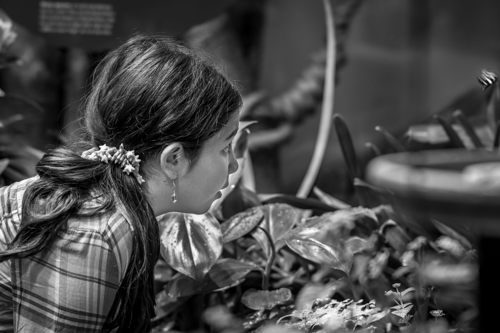“
“The holy grail of science museums is not to provide someone all the knowledge they need, but to inspire them, to become a launching point,” John Falk, an OSU professor of science education, was quoted in an Oregon State press release on a research study of a California science center. “There is a growing appreciation that Americans learn most of what they know about science outside of school. […] Institutions like science museums can play an important part in that.”
But even more than education and one-way information flow from museum scientists and staff to the public, I see the real value of museums in public engagement and citizen science. While it’s great for scientists to be able to leave jargon behind and get up on a stage to talk to the public about the discovery of new animal species, I think this should be only the beginning of museum efforts to engage the public in science.”
_______________________________________________________________
Jarreau, P. (2016, July 2). Science museums should aim beyond education, to citizen science. FromTheLabBench. http://www.fromthelabbench.com/from-the-lab-bench-science-blog/science-museums-should-aim-beyond-education-to-citizen-science
_______________________________________________________________
The aviation museum walks a line between history and science, teaching the history of flight, the stories of it’s founders, different important breakthroughs, but also touches on the scientific principles needed for flight. Science museums tend to have more interactive elements than history museums, but there are more ways to involve museum visitors in learning. This article mentions some ways that have been used to add interactivity to exhibits where it also feeds research. This could be a way to make interactive portions more sustainable, not just a hand out, but an exchange of information and experience in some way. Citizen science, but for flight, an exhibit whose visitors build upon it.




